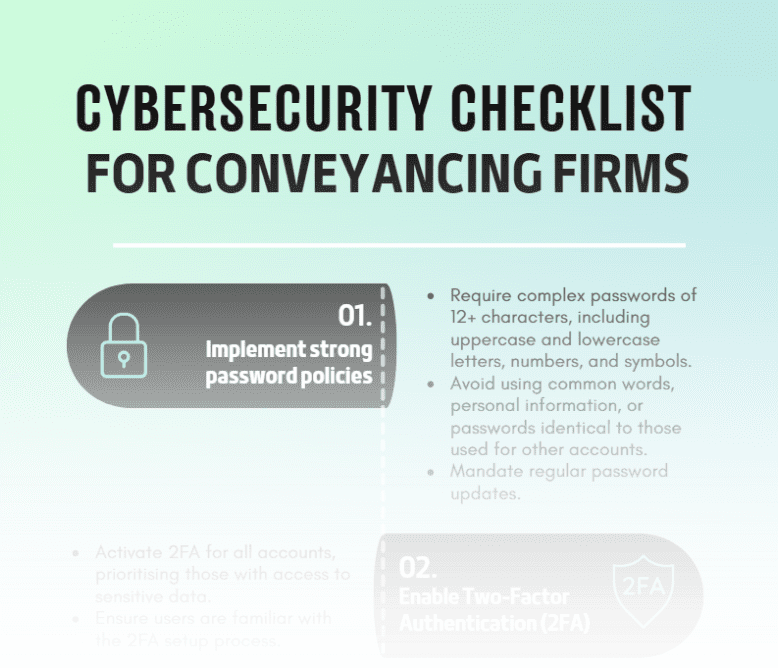Technology is giving businesses more work-life flexibility around our working practices than we’ve ever had before.
Cloud-based software, collaboration platforms and mobile devices which enable us to work remotely and “on the go” have been a real game-changer when it comes to helping us manage our work and personal commitments. Indeed, the days of being chained to the desk are well and truly over.
But there is another side to this positive tale of technology-enabled freedom; we’re always connected, which means it can be hard to know where to draw the line between personal time and work time. According to statistics, 13% of Australian employees are currently working very long hours, more than the OECD average of 11%.
Of course, aside from connectivity, there are many other reasons why people spend too much time working such as not delegating tasks appropriately, taking on too many new projects and not organising time efficiently.
The problem is, failing to maintain a healthy work-life balance is not only bad for employees’ wellbeing, but it can also be incredibly costly to businesses – especially when the effects are multiplied across many employees.
A poor work-life balance is reported to lead to burnout which can result in more mistakes being made and a downturn in productivity. Overworking is also a major cause of mental ill health, which is said to cost UK businesses an alarming $46 billion per year.
So, the message is clear, there are many incentives for helping your employees achieve a healthy work-life balance. In fact, while research suggests a positive work-life balance is key to onboarding and retaining talented employees, 83% of companies on the Fortune 1000 found employees that manage their work-life effectively are 21% more productive than those who don’t.
Here are some tips to help you improve the work-life balance of employees in your business.
Introduce remote working policies
For some employees, the daily commute can be a significant drain on their valuable time. Allowing employees to work from home from occasionally could mean they have more time in the day to manage personal commitments while they’re likely to appreciate some respite from lengthy and tiring journey times.
Set work-life boundaries
With smartphones, it’s all too easy to respond to emails outside working hours, but what’s the cost of this ‘always on’ approach to work life? Implementing policies which advise against sending and replying to emails outside working hours could ensure employees experience the evening and weekend downtime they need to come to work feeling motivated and refreshed every day.
Similarly, address any negative cultural habits such staff putting in long hours for extra reward and recognition – employees should be encouraged to leave the office at an appropriate time every day.
Eliminate unnecessary time-consuming tasks
Streamlining processes can be an easy win when it comes to alleviating the negative impact of burdensome workloads and unnecessary tasks. For example, a one-stop-shop Search Provider like triSearch could save employees a great deal of time which can be redirected to other higher priority tasks on their to-do list.
Flexible work-life time
Ask yourself whether you really need all your employees to be at work between the hours of 9am and 5pm. Arrangements that allow employees to structure their working day or working week in a way that suits them can be real help to achieving a healthier work-life balance which takes into consideration the circumstances and commitments of individuals. Flexible working arrangements could also make you a more attractive employer too.
Of course, flexible time can work best for your business if you set some parameters according to job type – for example, agreeing a set number of hours and core times when individuals must be in the office or attending meetings.
Encourage exercise
With research revealing a correlation between exercise and a better work-life balance and stress reduction, why not encourage employees to engage in some physical activity during the working day. This could include anything from lunchtime run clubs and yoga classes to walking or simply providing information about local gyms and swimming pools.
It’s possible to promote a healthier work-life balance straightaway by implementing a few simple measures. But remember, when workplace culture usually starts at the top, your efforts could be more effective if you start leading by example.






